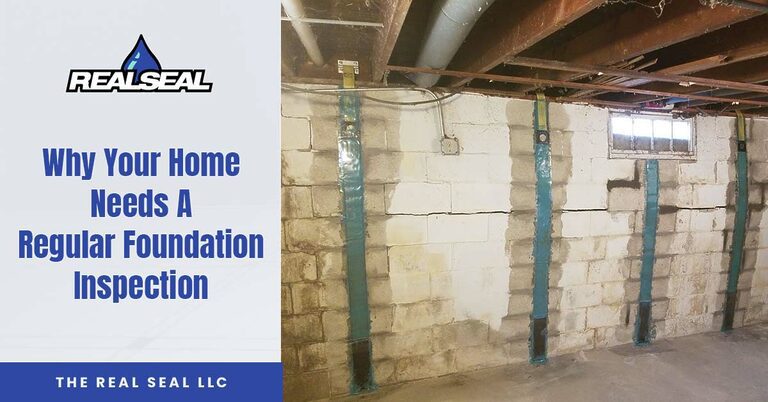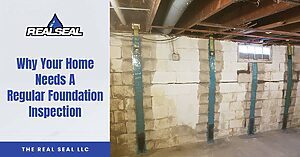If you’ve never had a foundation inspection on your home, you are doing your property a disservice. Foundation inspections identify problems early, which is essential for fixing them before they get more extensive and more expensive to repair.
Why Your Home Needs a Regular Foundation Inspection
Most people wait until they see issues occurring with the foundation and the home before they have someone come out to check the foundation for problems. That is why, if you identify foundation problems due to issues happening around the home, it is important to have a foundation inspection.
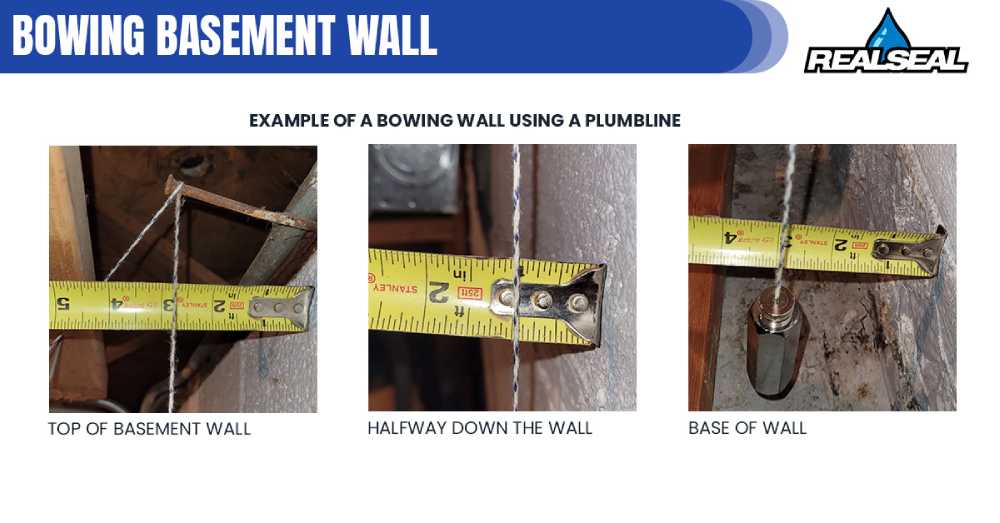
The bottom line is that foundation problems are a one-way street. Like many issues, they will not get better on their own, and ignoring them will only allow further damage to occur and allow for a higher cost of fixing any problems.
What Is a Foundation Inspection?
On a fundamental level, a foundation inspection is a way to check the foundation for any damage that may be occurring. Foundation inspections can be done professionally, and they can be done to a limited extent by the homeowner.
For those that have issues, such as foundation cracks or uneven floors caused by foundation problems, calling The Real Seal is the best option. They will send a foundation professional to inspect the interior and exterior of the foundation and look for additional problems that may be occurring elsewhere in the home.
A professional foundation inspection is more than a simple building or pest control inspection. It is a thorough look into the possibility of damage. Rather than being an overview, it is a comprehensive inspection because foundation problems should not be overlooked.
It is also possible for the homeowner to inspect the foundation regularly. When you inspect the foundation and also have it inspected professionally, you can often head off any problems before they get big. Here are a few things to consider:
Exterior Walkaround: Walk around the property’s exterior, looking for any problems with the foundation walls. If there is any bulging, cracks, or uneven areas of the foundation, it should be monitored carefully for any progression. If deteriorating concrete and crumbling are seen, this is also of concern.
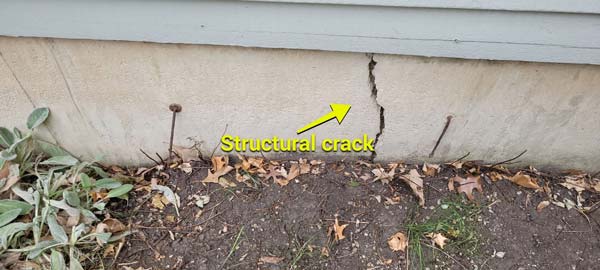
Look for anything that could be causing problems with the foundation. Common issues could include improper grading near the home that allows water to run back toward the foundation. Another issue is a gap between the foundation wall and the soil, typically during drier weather.
Interior Walkaround: When inspecting the home’s interior, look closely at the slab walls if they are accessible. If there are any bowing or cracks, particularly horizontal or stair-step cracks, they should be observed for progression.
Inspect the sump pit and sump pump regularly for any problems.
You can also inspect the home’s living area for potential signs of foundation problems. These will be listed in the next section.
If any issues are seen, they should be monitored carefully for any progressive activity. They should also be reported to The Real Seal so a professional foundation inspection can take place.
Common Signs of Foundation Problems
You may notice some signs of foundation problems directly associated with the basement or crawl space walls. Others, however, may be seen elsewhere in the home because foundation problems strain the entire house frame.
Sticking Windows and Doors: One of the first issues often seen when foundation problems occur is when the windows and doors begin sticking. They can stick when you open and close them and should be monitored carefully.
Chimney Problems: The chimney may also experience problems, such as cracking, leaning, or separating from the main structure. These issues are associated with the chimney’s foundation, which is not always as well-supported as the rest of the foundation.
Drywall Cracks: Monitor any significant drywall cracks for growth. If the cracks begin at the window or door frame or extend from the wall onto the ceiling, it is a common sign that foundation problems are occurring.
Uneven Floors: If you feel as if you are falling or have vertigo as you walk across the room, it may be your mind telling you that the floor is uneven. You can check the floor with a carpenter’s level, but you will not often see the issue until it is advanced.
Basement Walls: Due to excessive water in the surrounding soil, hydrostatic pressure may cause damage to the basement walls. You may notice long horizontal cracks, and the basement wall may be bowing. Cracks and bowing should be reported immediately.
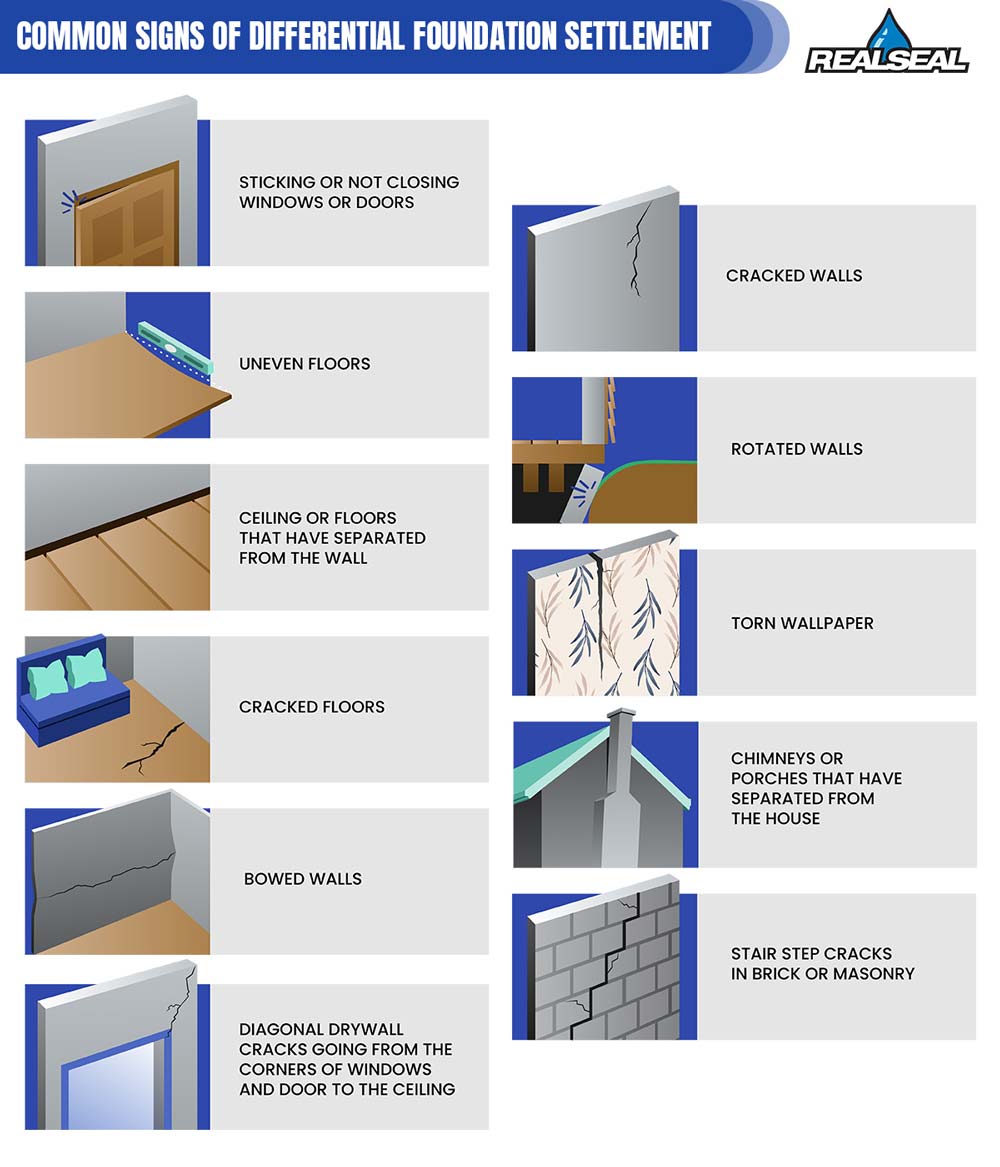
Can Foundation Problems Be Repaired?
When foundation problems occur, they need to be corrected because they will continue to progress. Fortunately, there are methods used by The Real Seal that can get your foundation back into shape again.
You should contact The Real Seal for a foundation inspection if you notice signs of foundation problems. They can assess the extent of the damage and provide options for fixing it. Those options may include the following:
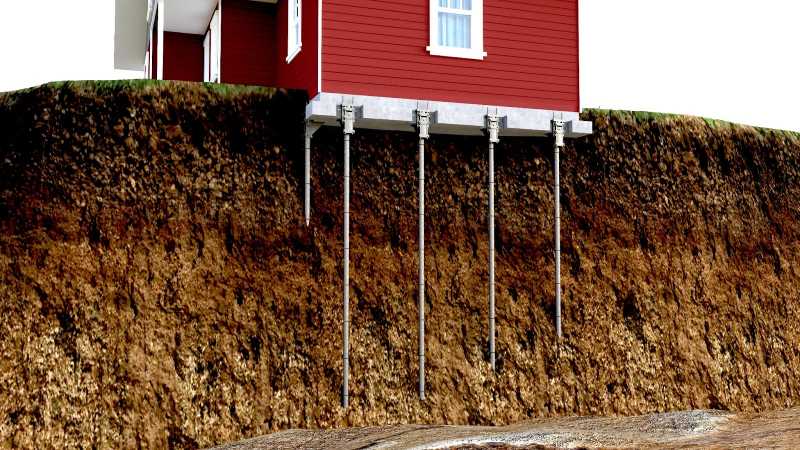
Underpinning: The underpinning process utilizes push or helical piers driven into the earth near the foundation until they reach stable soil. After being attached to the foundation, they will stabilize it and can even be used to raise the foundation hydraulically to its maximum practical level.
Bowing Basement Walls: Wall plate anchors can be used if the basement walls are bowing due to hydrostatic pressure. These will move the wall back into position. They are also used when poured concrete walls have moved more than 3 inches.
Carbon fiber straps can also repair a bowing wall and provide stabilization. Another option is to use C-channel anchors, which can stabilize the wall and keep it from bowing.
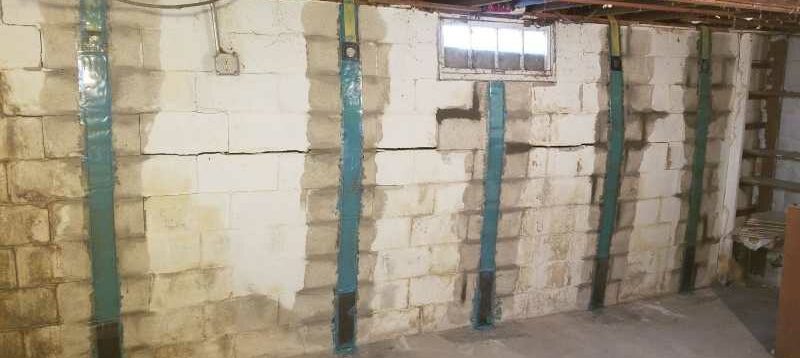
Foundation Cracks: There are options to fix foundation cracks so they are no longer a problem. High-strength carbon fiber staples can keep the cracks from getting larger. Epoxy injections can then fill the crack and correct the issue permanently.
The first step in the repair process is to request a foundation inspection. You can complete the form on The Real Seal’s website or call us. One of our foundation professionals will get back to you to get the process started.
